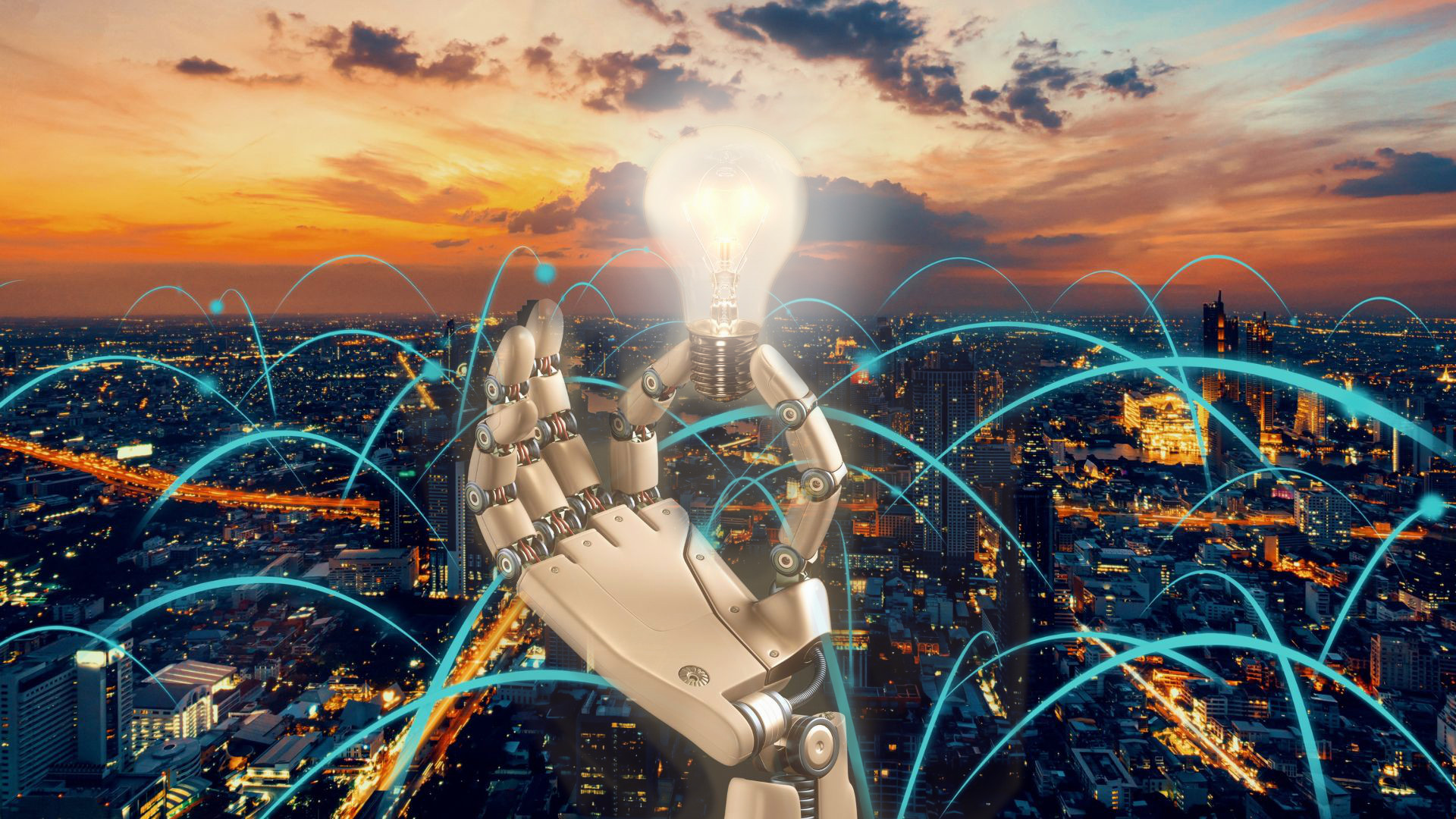Cyberattacks are among the most serious threats that businesses today are facing. As technology evolves, so do these online threats that target businesses of all sizes. There are many ways to protect your data and your network, like using a reliable anti-malware program or regularly educating your staff on security measures. However, the best way to get maximum protection for your business is by subscribing to managed cybersecurity services.
What is Managed Cybersecurity?
Managed cybersecurity services are a range of security solutions offered by third-party IT providers. This service is designed to safeguard businesses and other organizations against even the most vicious online attacks. They include everything from the installation of firewalls to 24/7 monitoring of your networks for prompt detection of and action against threats.
There are tools available on the cloud that businesses can use to defend themselves against cyberattacks. However, if you want maximum protection against cyber threats and data breaches, partnering with a managed cybersecurity services provider is the way to go.
Benefits of Managed Cybersecurity for Businesses
MSPs that specialize in cybersecurity solutions can implement a range of comprehensive security measures and proactive solutions to keep your business protected. Here are some of the primary benefits that you can expect once you start working with a reputable provider:
Guaranteed Cybersecurity Expertise
It is not easy to find independent IT professionals who are well-versed in all the different areas of cybersecurity. Hence, there is no guarantee that an in-house tech guy can protect your system from all the threats online. Managed cybersecurity services can give you prime solutions for any security concern and ensure the safety of your systems.
Quick Response
Cyberattacks cannot always be avoided, but with rapid action, the damage can be minimized. On your own, even identifying the cause of a breach can take a long time. Meanwhile, the hacker would already be stealing data and wreaking havoc. Highly skilled cybersecurity experts, however, can identify and address the problem quickly, keeping the damage as minimal as possible.
Compliance Made Easy
As technology advances and threats evolve, data protection regulations are also becoming more complex. Complying with these regulations can significantly add to the burden of a business. A managed cybersecurity services provider can efficiently take care of all these compliance issues, giving you peace of mind and leaving you time to run your business.
Reduced Expenses with Managed Cybersecurity
Not many realize it but cybersecurity solutions can be very expensive. Licensed anti-malware programs alone can cost a pretty penny, plus you need to pay cybersecurity professionals to install and maintain these solutions for you. Naturally, you do not want to skimp on security solutions because you want the best protection for your company, but you wouldn’t want to spend more on it than is necessary either. With a good provider, you don’t have to. You can get the best managed cybersecurity solutions at a much lower cost.
Fortify Cybersecurity Expenses Using Our Excessive Spending Calculator
Many business owners spend more on cybersecurity than they should. In their desire to keep data and networks protected, they are very willing to purchase many solutions that will supposedly boost their defenses. The intention is good but if it is leading to unnecessary expenses, it’s time you take a closer look. You can do this with the help of our Excessive Spending Calculator.
The Excessive Spending Calculator is a handy program that can help you pinpoint areas in your business spending that you can curtail. It can help you prioritize investments so that you can fortify your cybersecurity defenses. You can download it for free right here.
Hackers show no signs of slowing down, and any business can be a target. Make sure you are prepared for any attack by keeping your defenses in top condition, with the help of a dependable managed cybersecurity services provider. We can also answer any questions you might have about cybersecurity and other MSP services. Just say the word, and we will be right over for a free consultation!



